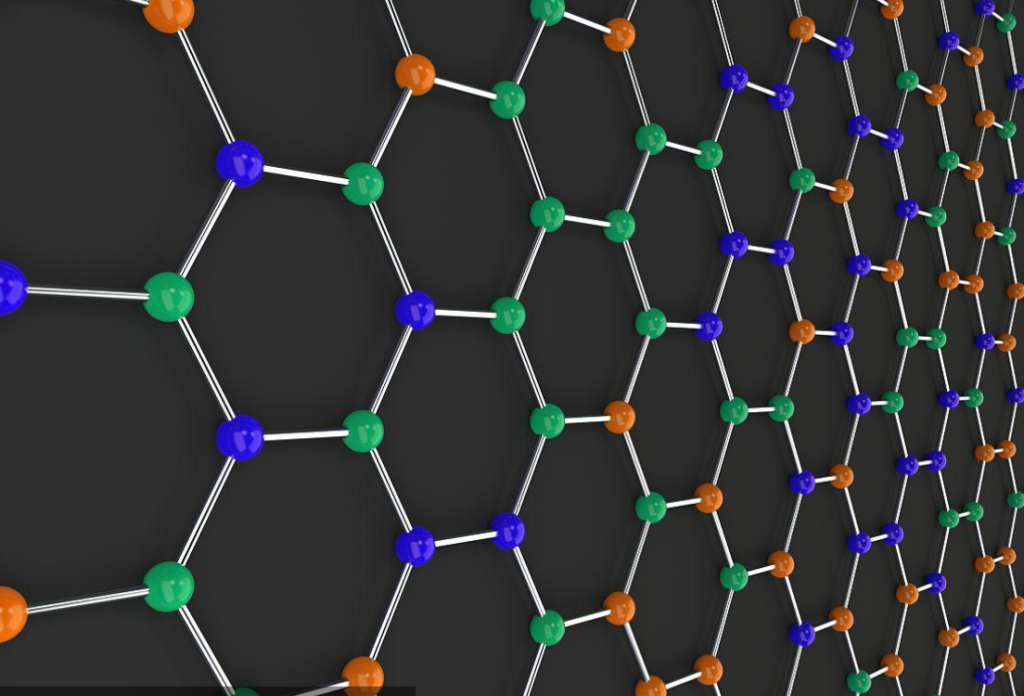Graphene in Flexible Wearable Electronics: Comfort Meets Performance
Wearable electronics are no longer science fiction—they are part of everyday life. From smartwatches to health-monitoring patches and flexible fitness trackers, the demand for electronics that are lightweight, stretchable, and skin-friendly is rapidly increasing.

However, conventional materials like copper wiring or rigid silicon components are not ideal for devices that need to bend, stretch, and stay comfortable on the body. This is where graphene—the one-atom-thick carbon material—enters the scene.
With its unparalleled electrical conductivity, mechanical strength, flexibility, and biocompatibility, graphene is enabling a new generation of wearable electronics that are both high-performance and comfortable for long-term use.
Why Graphene for Wearables?
Graphene’s properties are a perfect match for the demands of wearable technology:
-
Exceptional Electrical Conductivity – Ensures fast signal transmission and efficient power delivery.
-
Flexibility and Stretchability – Maintains performance even under repeated bending or stretching.
-
Transparency – Allows for integration into displays without compromising visibility.
-
Lightweight – Reduces bulk, enhancing comfort for continuous wear.
-
Biocompatibility – Safe for direct contact with skin in many applications.
-
Thermal Management – Efficiently dissipates heat, preventing discomfort during prolonged device operation.
Applications in the Wearable Electronics Market
1. Flexible Sensors for Health Monitoring
-
Graphene-based sensors can detect minute changes in skin temperature, hydration, pulse rate, and even blood oxygen levels.
-
Because graphene can be printed onto flexible substrates, these sensors can be embedded into patches or fabrics without causing skin irritation.
-
Example: A graphene-based ECG patch can continuously track heart activity, offering medical-grade accuracy outside the hospital.
2. Conductive Fabrics and Smart Textiles
-
Graphene inks can be printed onto fibers or fabrics to create washable, conductive clothing.
-
Applications range from heated jackets to clothing that monitors posture and movement for athletes or rehabilitation patients.
-
Unlike metallic threads, graphene coatings are resistant to corrosion and maintain flexibility after multiple wash cycles.
3. Stretchable Batteries and Energy Harvesting
-
Wearables require compact and lightweight power sources.
-
Graphene can enhance supercapacitors and micro-batteries, making them flexible enough to be sewn into garments or embedded in wristbands.
-
Integration with energy harvesting devices (such as body-heat-powered thermoelectric generators) can enable self-powered wearables.
4. Transparent Flexible Displays
-
Graphene’s optical transparency and flexibility make it ideal for flexible OLED or e-ink displays.
-
This opens possibilities for bendable smartwatch screens, rollable fitness trackers, and curved heads-up displays in AR glasses.
5. Medical Wearables
-
Graphene’s biocompatibility allows for continuous health monitoring without skin irritation.
-
Implantable or skin-adhered graphene electrodes can provide high-resolution neural signals for advanced prosthetics or rehabilitation devices.
Manufacturing Techniques for Graphene-Based Wearables
-
Screen Printing & Inkjet Printing – Allows scalable production of graphene circuits on flexible substrates.
-
Chemical Vapor Deposition (CVD) – Produces high-quality graphene films for transparent conductive layers.
-
Spray Coating & Roll-to-Roll Processing – Enables cost-effective fabrication of large-area graphene-coated fabrics.
Challenges in Commercialization
-
Uniformity of Graphene Layers – Ensuring consistent performance over large areas is still a challenge.
-
Durability Under Wear and Wash – Long-term mechanical stability must be improved for commercial textile applications.
-
Cost of High-Quality Graphene – While prices are dropping, production scalability remains a key issue.
Future Outlook
The wearable electronics market is projected to reach over $150 billion by 2032, and graphene is expected to play a central role in this growth. Future developments may include:
-
Self-Healing Circuits – Wearables that repair themselves when damaged.
-
Fully Biodegradable Devices – Environmentally friendly wearables made with graphene and biodegradable polymers.
-
Multi-Modal Sensing – Single graphene-based sensors capable of detecting multiple physiological signals simultaneously.
Graphene is bridging the gap between comfort and high performance in wearable electronics. By combining mechanical flexibility, electrical efficiency, and skin-friendly properties, it is enabling a new wave of devices that will transform healthcare, sports, and daily life.
As manufacturing costs drop and integration methods improve, graphene-based wearables will move from niche applications to mainstream consumer products—making the future of electronics not just smarter, but also more comfortable.

